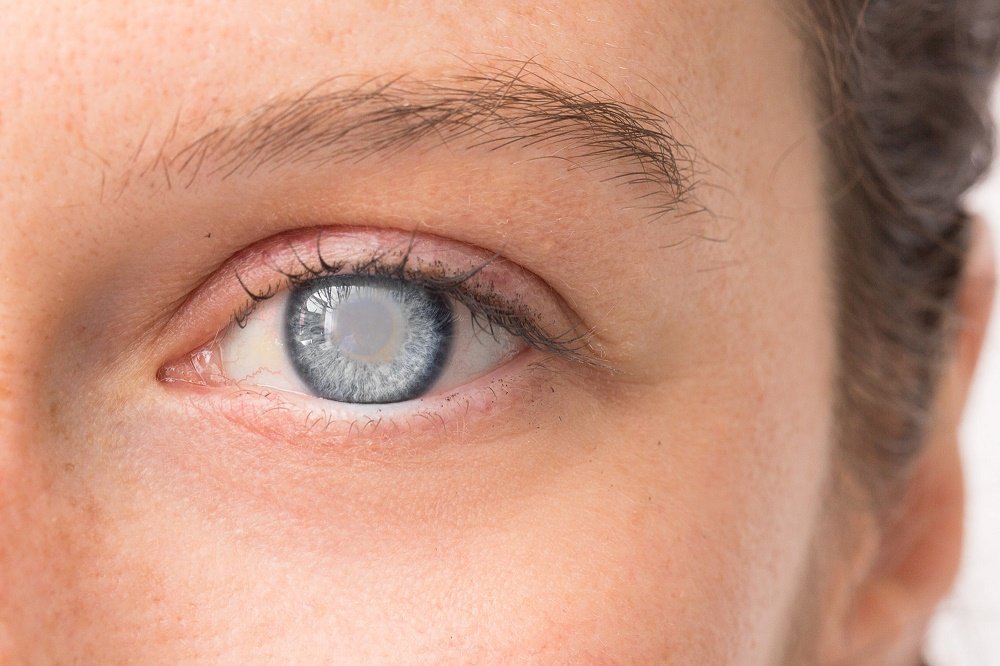Cataract In Nagpur
What is Cataract
Cataract In Nagpur is an eye condition or eye disorder in which the lens of the eye becomes cloudy. The lens of the eye is made up of proteins and fibers that allows the passage of light. Moreover, lead to a decrease in vision, often accompanied by glare and halos around lights. Cataracts are most common in people over age 55 but also may occur in infants and young children too. Cataracts are caused by damage to the lens of the eye, which can be caused or worsened by a variety of factors. Ageing is one of the most common causes of cataracts, as the risk increases with age increases. Other causes for developing cataracts include long-term exposure to ultraviolet (UV) radiation from sunlight, smoking.
Besides, A cataract is the leading cause of blindness in India if ignores. Thus, In Nagpur, every year, nearly 1.2 lakh people go for cataract surgery. Cataract surgery is a safe and effective procedure to treat cataracts. It is a daycare surgery and no need for admission to the hospital. Cataract surgery is usually performed under local anesthesia. Once cataracts form, the only way to eliminate them is through surgery. No existing medicine can eliminate existing cataracts, and no any type of eyewear exists that completely counteract their effects.
Causes of Cataracts

Ageing

Trauma

Diabetes
Symptoms of Cataracts

Double Vision

Cloudy Vision

Cloudy Vision

Warning Cataract Symptoms
There are some warning cataract symptoms bellow:
Blurred Vision:
Firstly, One of the earliest and common signs is blurry vision. If you have difficulty in seeing or reading a book or newspaper at a distance, looking at objects up closely, or dealing with glare from bright lights. This may initially be confused for nearsightedness or farsightedness, but is more likely to be a symptom of cataracts as a initial symptoms of cataracts.
Double Vision:
Another symptom can include double vision when looking at the closest or nearest objects. Thus, This can be a sign that cataracts are affecting the way the light enters your eyes.
Cloudy Vision:
Firstly, Some people may experience cloudy or foggy vision like windows in winter, which makes it difficult to do daily activities as well as outdoor sports or go to the movies.
Diminishing Night Vision:
Besides As the cataract advances, you may find that your night vision dims significantly. Because now the lens become opaque, which affects how much light can enter your eyes. For instance, if you drive at night, you may experience difficulty seeing road signs or headlights from oncoming cars.
Glare Sensitivity:
Those with cataracts may be more sensitive to glare from oncoming headlights or bright light sources in general. Many people may find that their eyes become strained and uncomfortable when exposed to bright light sources. This might occur regardless of the time of day.
Poor Colour Perception:
In Result, sometimes cataracts can make colors appear dull or faded. You have difficulty to distinguishing between certain shades of the same color
What Are the Risk Factors for Developing Cataracts?
Thus There are various factors that increase the risk of developing cataracts. Some of these are listed below:
- Age:As you get older, your risk of developing cataracts increases significantly.
- Ultraviolet rays from the sun: Prolonged exposure to ultraviolet (UV) radiation is thought to increase the risk of cataracts.
- Diabetes:People with diabetes have a higher risk of developing cataracts.
- Smoking: Studies have shown that smokers are more likely to develop cataracts than non-smokers.
- Previous eye injury or surgery:Trauma to the eyes, such as from blunt trauma or surgery, can increase the risk of developing cataracts.
Therefore risks are often difficult to control, so it’s important to be aware of the symptoms and signs of cataracts. Otherwise, it can be difficult to diagnose and treat the condition in its early stages.
Treatments for Cataracts:
Cataract surgery is one of the best and effective option for cataracts removal. In this surgery the removal of the natural lens of the eye hospital and its replacement with an artificial intraocular lens.A cataract is a medical condition of eye in which the lens of your eyes becomes cloudy and opaque. This can gradually decline in vision, and eventually leading to blindness if left untreated.
How Can You Manage It?
If you suspect you may have cataracts, it’s important to take medical attention from an eye specialist. Depending on the severity of your condition, the doctor may recommend different forms of treatment to help manage the condition. A few common management strategies include:
- Wearing sunglasses or eyeglasses with special lenses that can block out UV rays and reduce glare.
- Undergoing surgery to remove the cataract and replace it with an artificial lens.
- Taking vitamins and supplements as recommended to help improve vision.
- Using eye drops or ointments to reduce inflammation, pain, and irritation.
- Consuming a healthy diet full of fruits and vegetables that contain antioxidants which can help protect the eyes from damage.
- Practicing good hygiene such as washing hands regularly, avoiding touching the eyes, and wearing protective eyewear when needed.
- Regularly seeing an ophthalmologist for check-ups and to keep track of any changes in vision.

